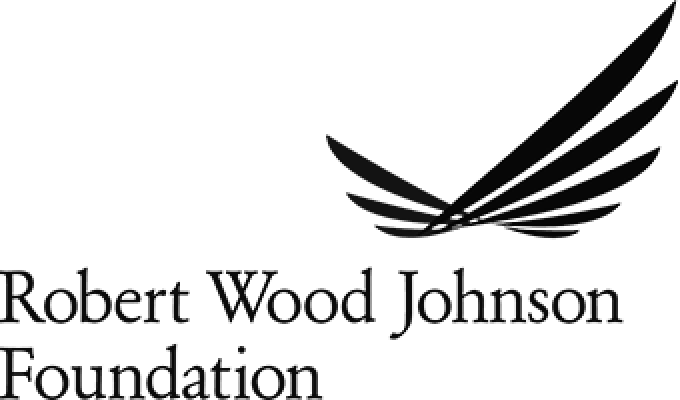Science and technology are increasingly central to the news of our day and to societal decisions of potentially enormous consequence. But with economically challenged newsrooms reducing the number of reporters with backgrounds in technical areas, and the pace of news ever increasing, the world today is one in which there is more science-related news than ever but fewer reporters with the expertise or time to distinguish between methodically derived evidence and speculation or hype. This problem is only exacerbated by the growing proliferation of online information sources that can, inadvertently or intentionally, disseminate misinformation around the globe in an instant.
SciLine strives to be valuable to even the most experienced science journalists, but can be especially helpful to those writing or producing stories about health, medicine, or science who are not beat reporters, so don’t have deep science backgrounds or relationships with credible experts.
SciLine’s ultimate mission is not only to make the best scientific evidence easily available to reporters and other communicators, but also to inform journalists and the public about how reliable evidence is rationally obtained, organized, and verified. In doing so it is hoped that the expertise it provides will be recognized as not merely another voice in the endless “he said/she said” of assertive discourse but rather as a documented body of derived knowledge, and that readers and viewers will, over time, better appreciate how to interpret and judge evidence for themselves.
SciLine also aims to help scientists become more comfortable and effective in their interactions with print, radio, and television journalists, through a variety of media training opportunities.




